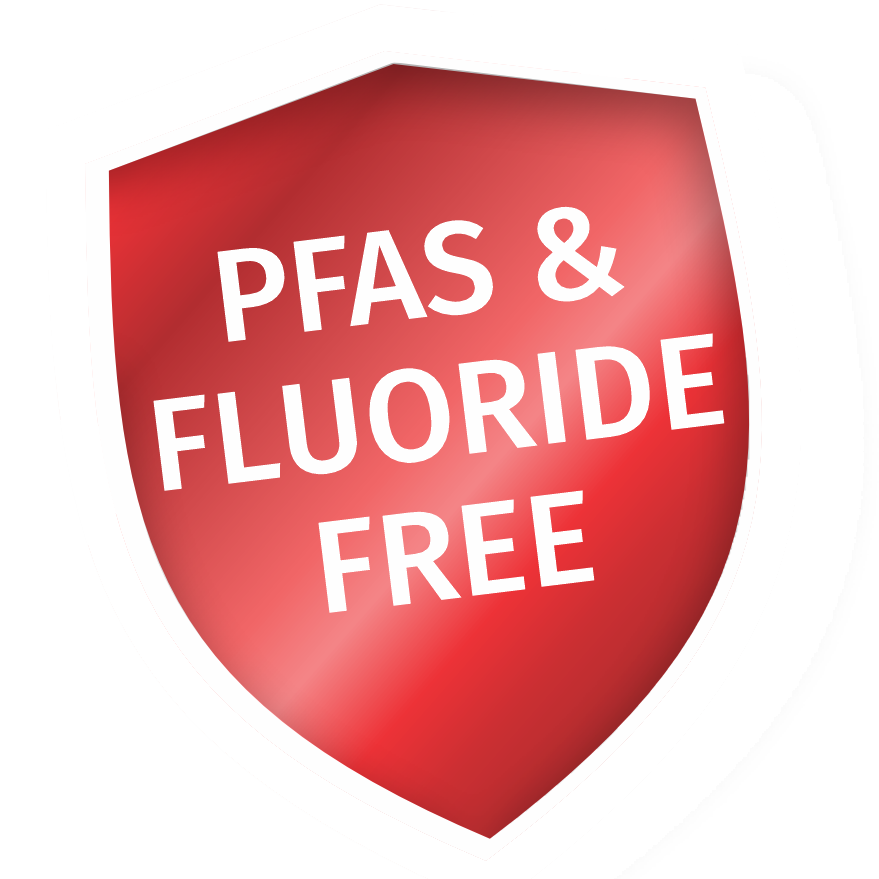What is hygiene?
Hygiene is used as a collective term for all actions that avoid contact with pathogens. Acts that fall under hygiene are:
- Hand washing
- Showers
- Keeping the kitchen clean
- Keeping food in the refrigerator
- Disinfecting surfaces or objects
- Purifying sewage water
Thinking about hygiene prevents the spread of a pathogen. When a person takes all these actions, the risks of infection with bacteria and viruses are significantly reduced.
When is hygiene especially important?
Microorganisms are everywhere. On your body, in the home and at work. Bacteria and fungi are also microorganisms. Most microorganisms are harmless, but there can be pathogens among them. Examples of microorganisms that can cause disease are:
- Salmonella
- Listeria
- Legionella
- Klebsiella
- MRSA
In general, many types of diseases are not life-threatening to a healthy person. But when you fall into a high-risk group, becoming infected with pathogens can lead to serious consequences. Persons belonging to a risk group are young children, pregnant women, elderly persons and those with weak immune systems. People who suffer from heart and lung problems are also especially susceptible to disease.
Additional hygiene tips
At the beginning of the blog, the “standard” hygiene actions were already listed. But if you belong to a high-risk group, there are some additional tips that will help prevent you from becoming infected with pathogens:
- Cleaning areas that are often touched by hand such as light switches and door handles.
- Wash wipes after use at 60 degrees Celsius.
- Set the refrigerator to 4 degrees Celsius for perishable food.
